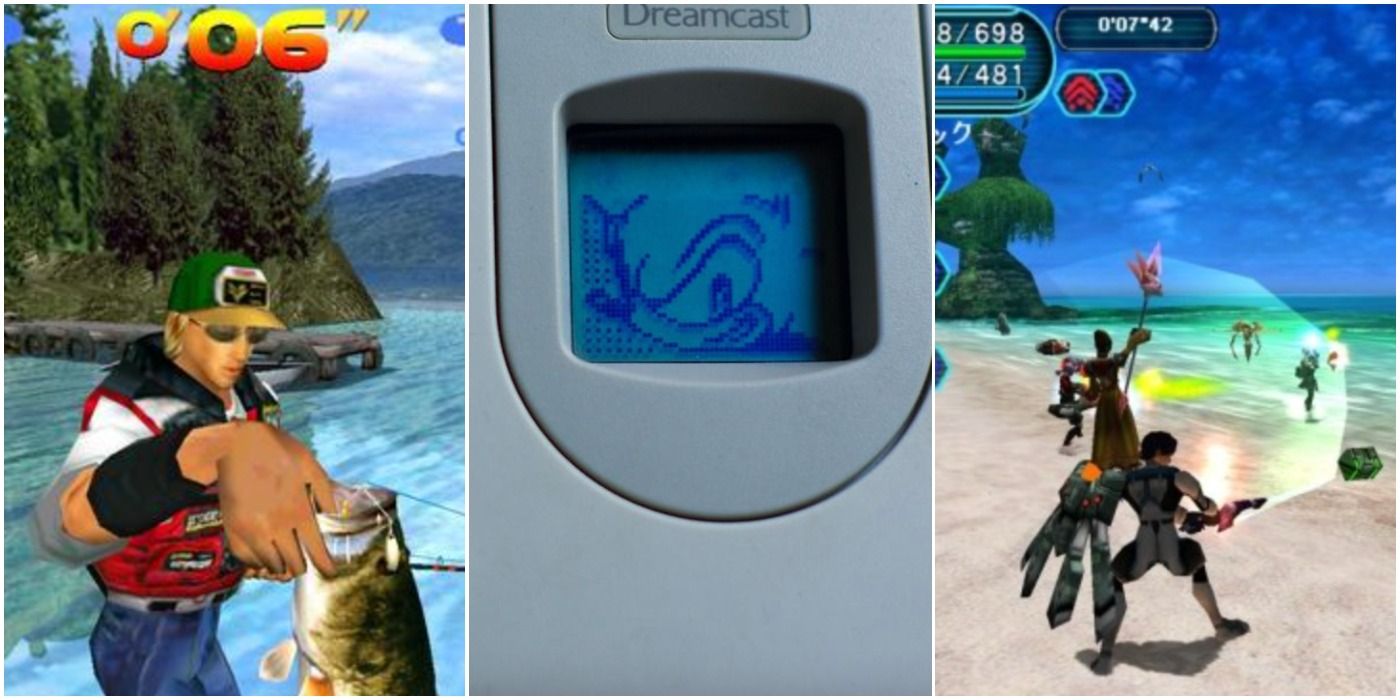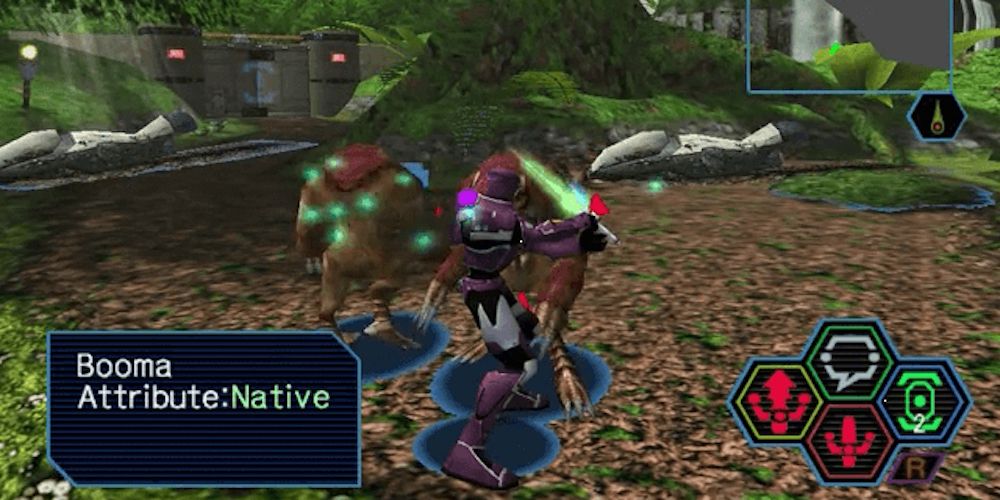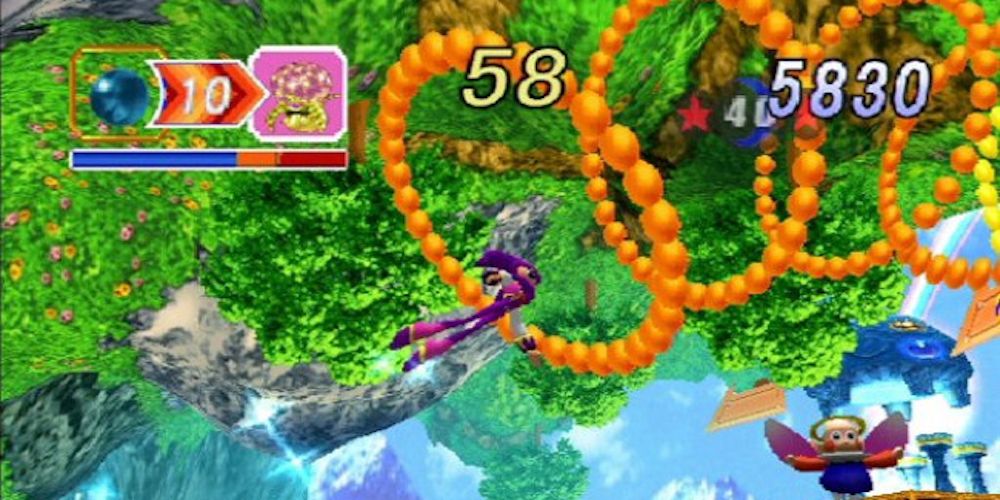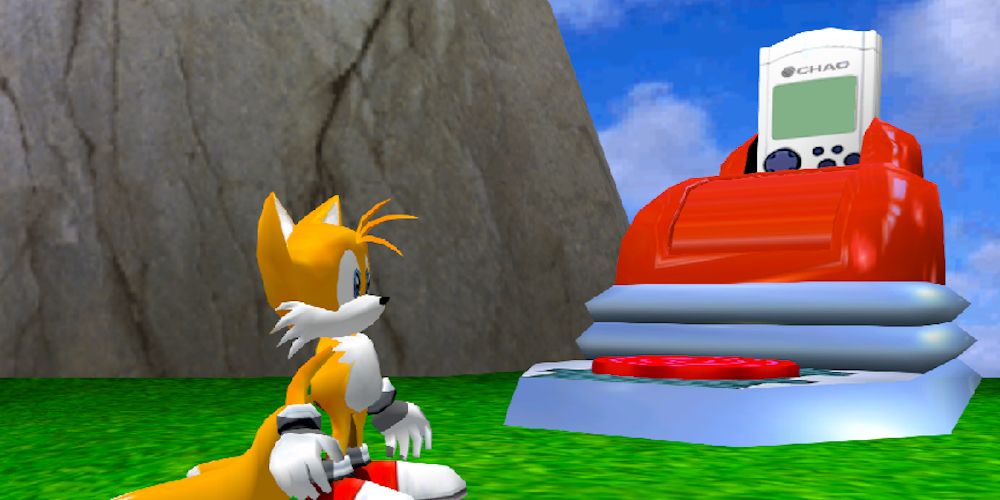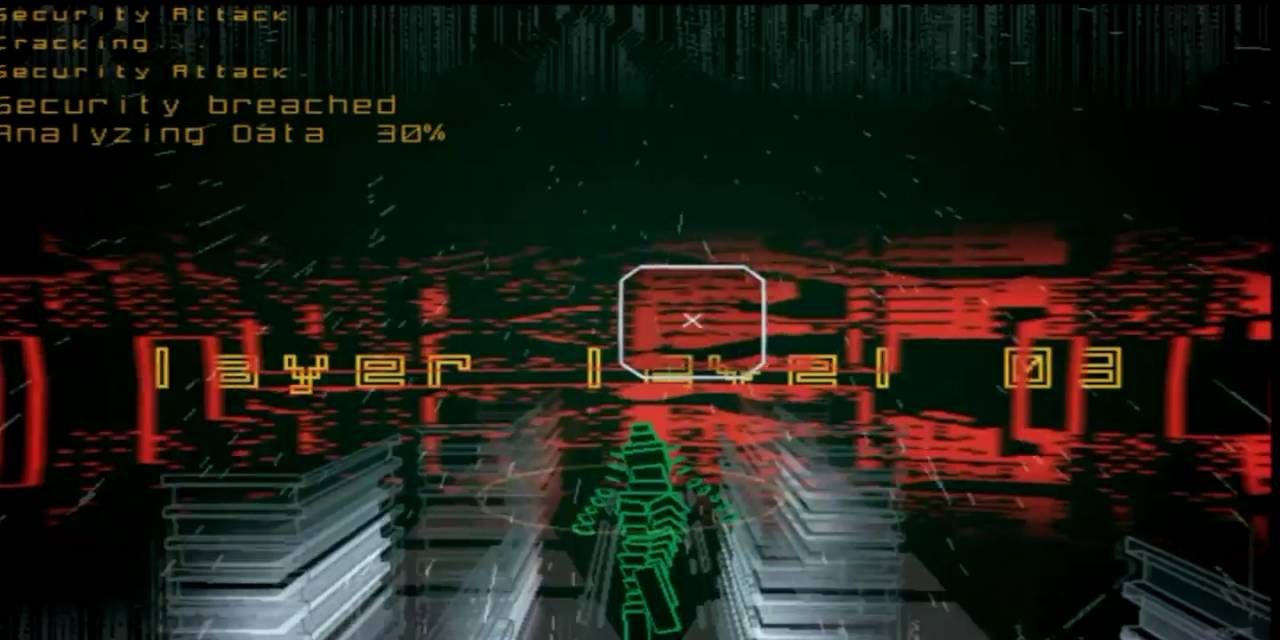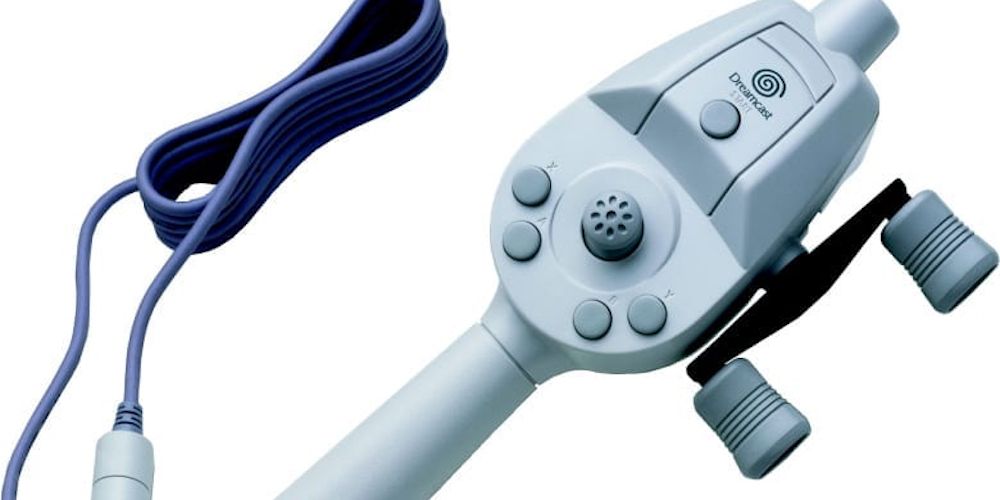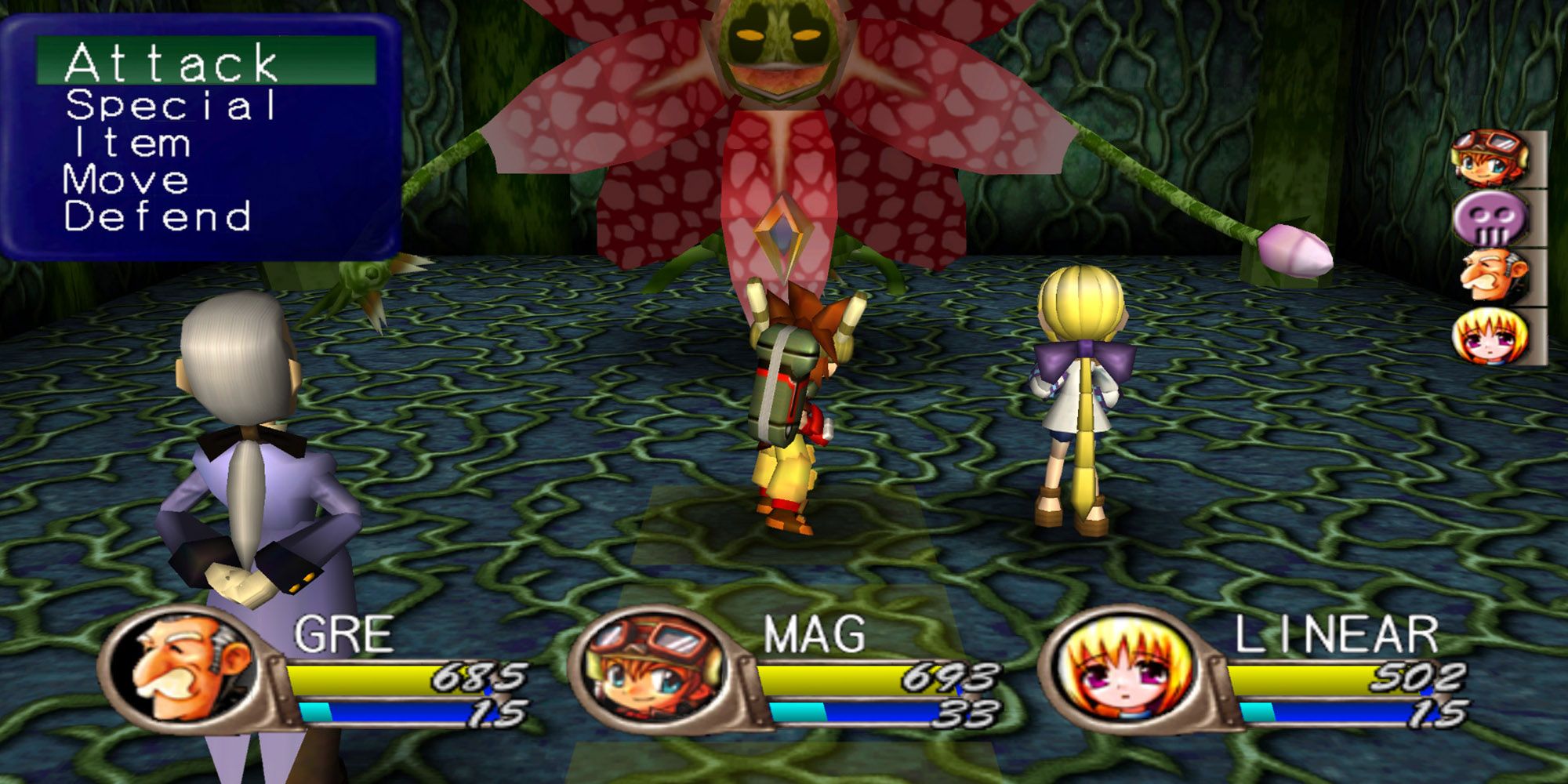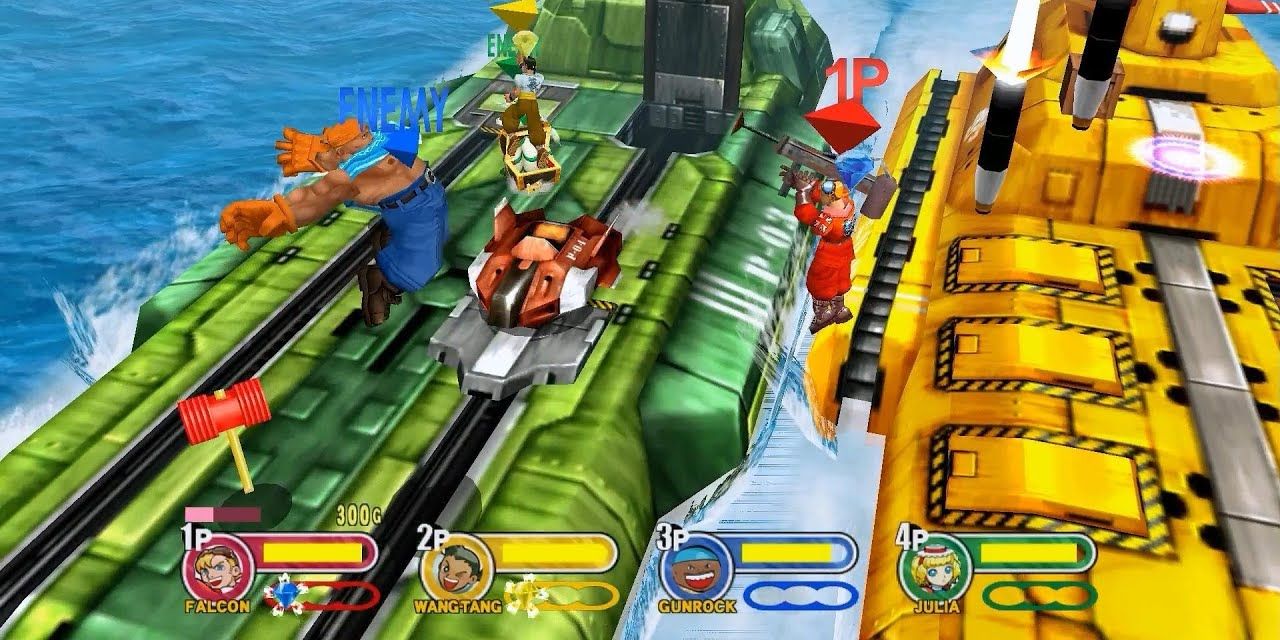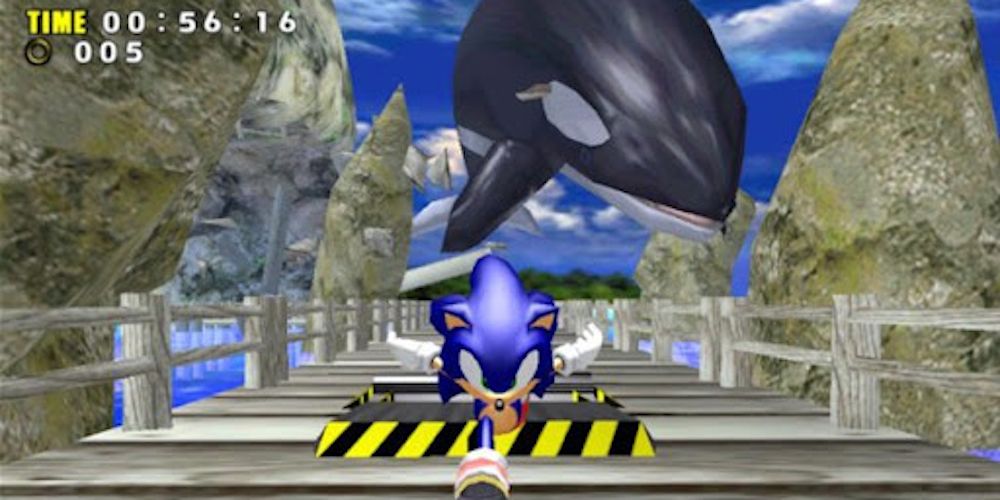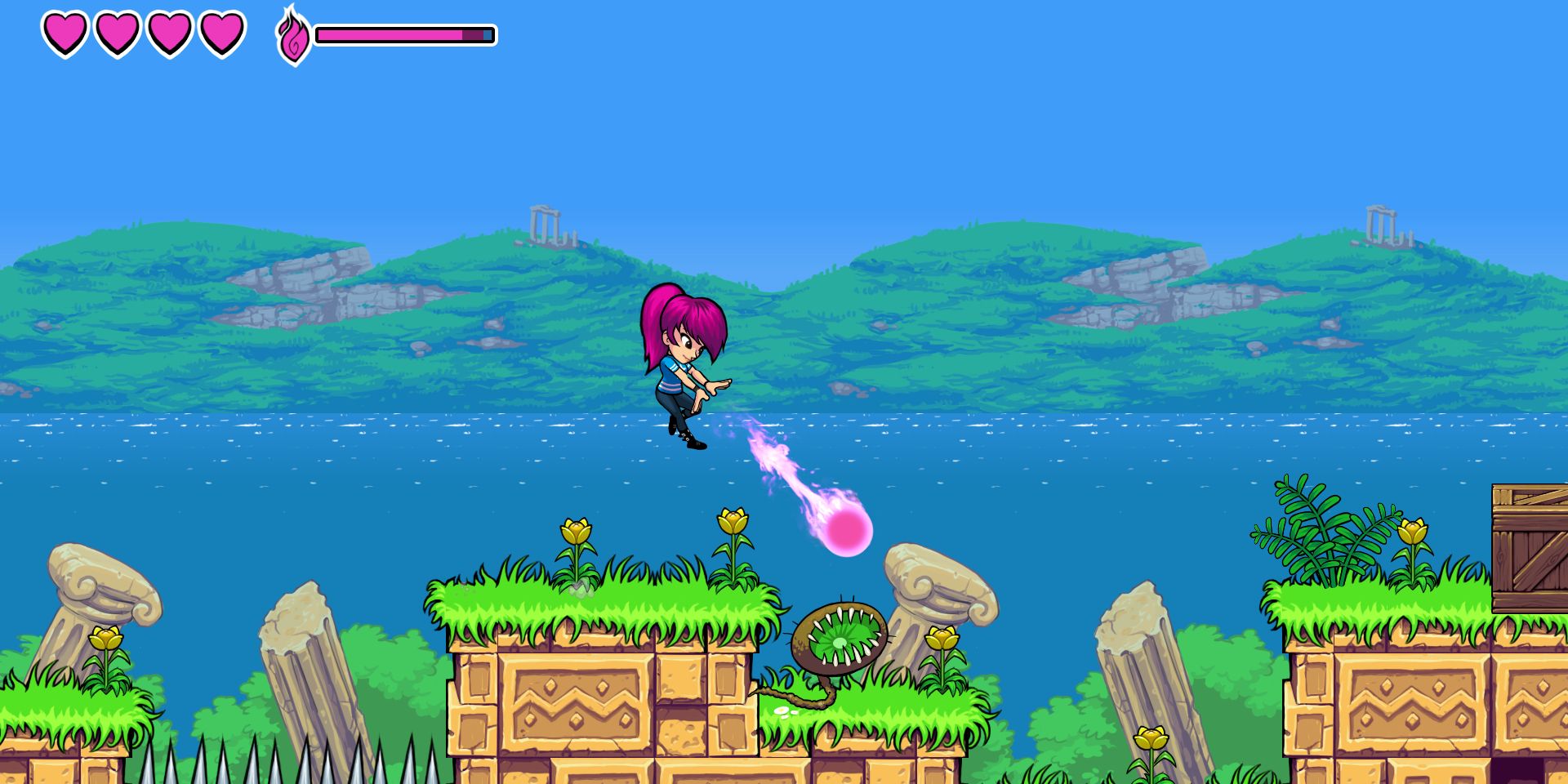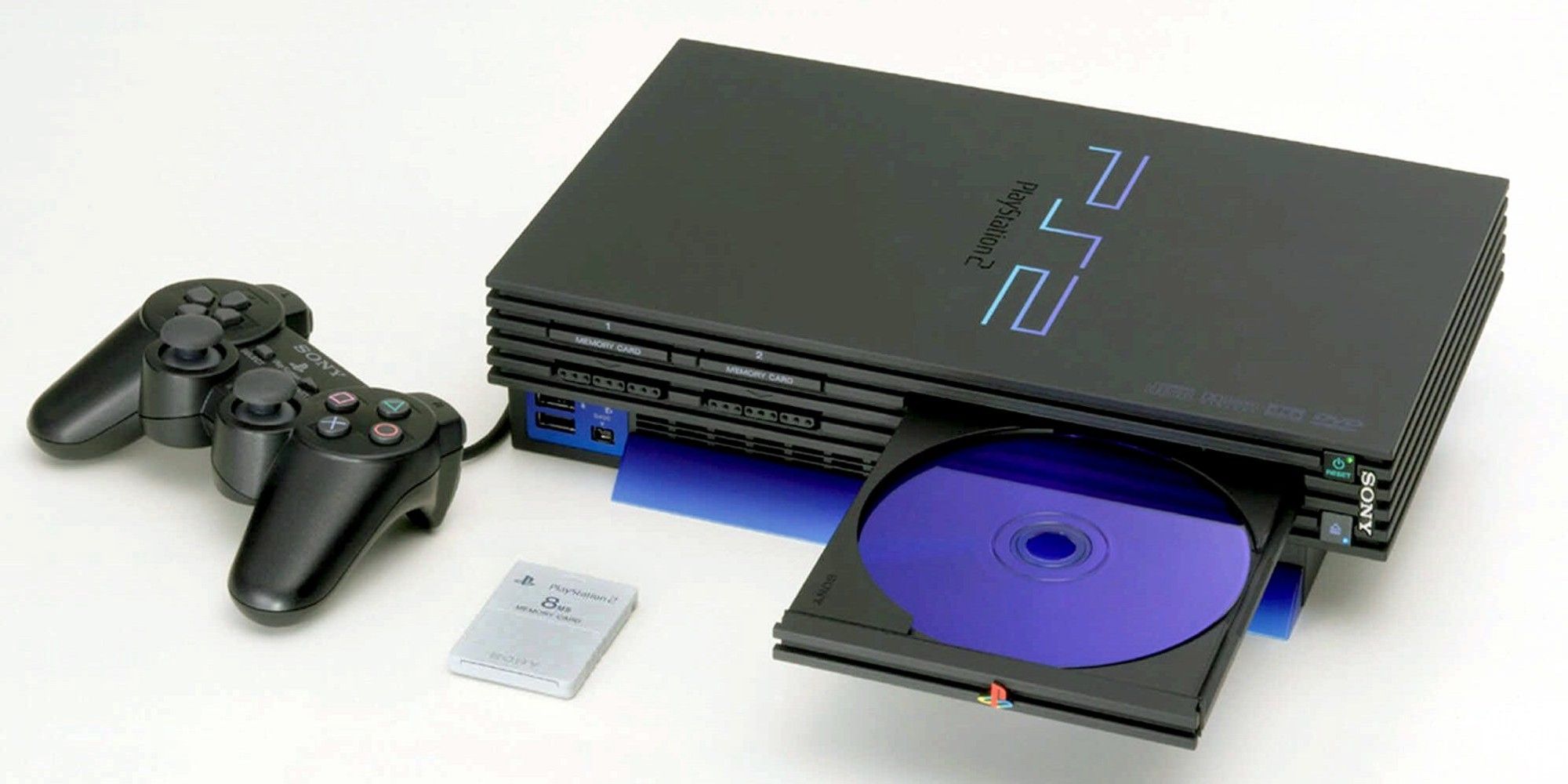The video game industry prides itself in the radical improvements that are made within each new generation of gaming, yet it’s always fascinating when a console underperforms, like Sega’s Dreamcast. There was less competition in the gaming industry two decades ago, and Sega was one of the major first-party developers that audiences turned to for innovation.
Sega’s Dreamcast was a huge step forward for the industry upon its release, but it unfortunately couldn’t maintain this momentum. And it not only failed but also ended Sega’s run as a first-party developer. The Dreamcast’s failure is still a cautionary tale for the industry, but the console also did a lot of things right and didn’t deserve such a short lifespan.
10 DIDN'T DESERVE TO FAIL: It Had Early Internet Access & Free Downloadable Content
It’s ridiculous to look at certain gaming capabilities that are now just taken for granted and how they were absolutely revolutionary only a few decades back. One of the major selling points with the Dreamcast was that it came included with a built-in modem and free internet access. Granted, its 56K hook-up wasn’t cutting edge, but it was a huge deal back in 1999. Many Dreamcast titles even had free downloadable content and saved games that could be shared between users. These were features that weren’t anywhere else at the time.
9 DESERVED TO FAIL: It Wasn’t Backward Compatible With Sega Saturn Games
Backward compatibility has grown into a more important aspect of next-gen gaming, which allows audiences to play their retro games on newer consoles. Sony’s PlayStation 2 kicked off this trend, and it was a huge deal that the new console could also play all of the old original PlayStation games, which gave the PS2 a built-in library. The Dreamcast didn’t provide this same luxury when it came to Sega Saturn games. It’s unclear if such technology would have saved the Dreamcast, but it couldn’t have hurt.
8 DIDN'T DESERVE TO FAIL: The Advent Of Advanced Visual Memory Unit Cards
Memory cards served as a certain advancement of gaming that was viewed as purely utilitarian and a way to preserve and continue progress in longer games. The Dreamcast’s unique controllers had a hole in the middle that fit together with the LCD screen of the console’s Visual Memory Units.
These functioned as standard memory cards, but they could also convey rudimentary information during gameplay to aid the player (like health in Resident Evil). Minigames could even be downloaded and played on VMUs, and Sonic Adventure’s Chao Garden basically turned them into virtual pets.
7 DESERVED TO FAIL: Its Piracy Protection Was Subpar
There are still a number of factors to attribute to the Dreamcast’s failure, and the rise of the PlayStation 2 certainly can’t be underestimated. However, piracy protection was a big area of concern during the late ‘90s and early 2000s. The Dreamcast suffered from the fact that any game could be burned onto a standard CD-R and played in the console without any forms of modifications. This definitely crippled the Dreamcast’s sales and pushed to repeated price drops to better compete with the PS2’s price and recoup losses, but it was too little too late.
6 DIDN'T DESERVE TO FAIL: It Had Innovative Peripherals Like A Fishing Rod, Maracas, And Microphone
Video games have become increasingly focused on new control gimmicks and complex peripherals that can add to the typical gaming experience. This has been a double-edged sword and full-on motion controls or services like Kinect can be problematic and limiting. However, the Dreamcast aimed to feature some original and creative gaming peripherals, like a fishing rod controller, maraca peripherals, or a dedicated microphone that could also be used for online play. At the time, these all felt like inspired ways to enhance an already satisfying game.
5 DESERVED TO FAIL: It Had Less Established Intellectual Properties
The video game has become more proliferated and while there are still console exclusives, there are a lot more multi-platform releases, especially between Sony and Microsoft’s camps. The Dreamcast had a ton of third-party support during its run, especially by companies like Capcom, but a major loss for Sega’s console was that EA and Squaresoft funneled their efforts into Sony’s PlayStation 2.
Sega’s first-party efforts represented some of the Dreamcast’s best titles, but mainstream audiences turned to the PS2 for new Final Fantasy installments, while Sega struggled for their own RPGs to achieve the same acclaim.
4 DIDN'T DESERVE TO FAIL: There Was Four-Player Support Out Of The Box
Multiplayer gaming is a guarantee at this point, and it’s actually surprising that consoles made two-player games the standard for so long. Even the Dreamcast’s biggest competition, the PlayStation 2, only initially came with two controllers and then an additional multi-tap option to bring more people into the party. The Dreamcast was automatically a four-player console, and this simple detail should have earned it more clout at the time. It helped standardize the new normal, and the majority of Dreamcast games cater toward four players and can effectively handle the extra chaos.
3 DESERVED TO FAIL: It Underperformed In Japan
The success of a console has to consider many factors, and a console’s performance in some regions can have a greater impact than others. Some consoles are huge in North America or Europe but don’t have the same following in Japan. The Dreamcast hit Japan before North America, but it struggled to gain the right size audience. There are lots of Japanese Dreamcast exclusives, but they had a different relationship with the console. Some even considered the controller to feel too big and clunky as a result. A better reception overseas would have definitely helped Sega’s console.
2 DIDN'T DESERVE TO FAIL: Games Are Still Independently Being Produced To This Day
The Dreamcast established an enviable game library during its short time on the market, but some may view a return to the console as a lost cause because of the finite amount of content that’s available. There’s such passion for the Dreamcast, even now, that determined individuals have steadily released new games for the console since its “death.” Xenocider, SLaVE, and Intrepid Izzy are just a few of the Dreamcast games that have been independently developed and released over the past year alone, with even more still on the way. There should be no doubt that Sega's Dreamcast is "still thinking."
1 DESERVED TO FAIL: It Didn’t Have A DVD Player
The Dreamcast proudly pioneered a lot of cutting-edge gaming technology, but the one way in which the PlayStation 2 completely overshadowed it was the PS2’s built-in DVD player. At the time, a PS2 was also essentially the cheapest way to get a DVD player, which allowed the console to serve a greater purpose than just a machine for gaming. It’s possible that if Sega quickly pivoted and released cheap, attachable DVD players for the Dreamcast that they could have saved some face, but it was an area that they didn’t prioritize.

